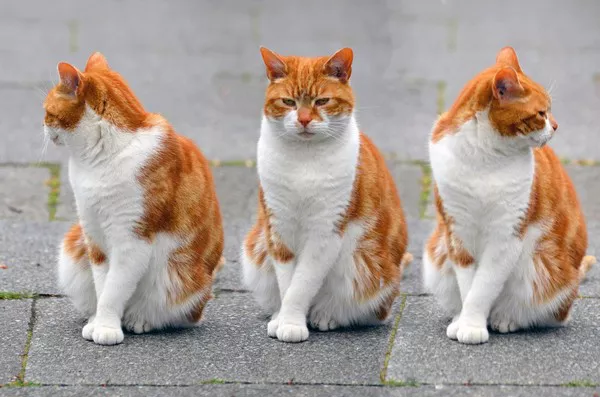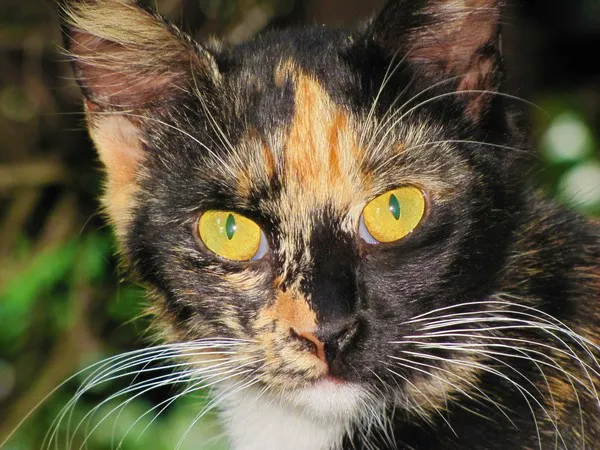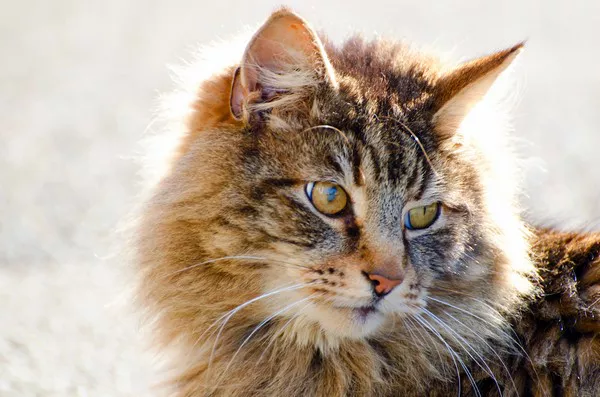Understanding our feline companions can often be a puzzling endeavor, especially when deciphering their vocalizations and body language. A recent study conducted by French researchers sheds light on the complexities of interpreting cat behavior, highlighting common misunderstandings among pet owners.
Published in the journal Applied Animal Behaviour Science, the study delved into the ability of individuals to discern the emotions of cats based on their vocalizations and visual cues. Surprisingly, the findings revealed that participants struggled significantly more to identify signs of unhappiness in cats compared to recognizing contentment.
Lead author Charlotte de Mouzon, an expert in cat behavior at the Université Paris Nanterre, emphasized the importance of considering both vocal and visual cues when interpreting feline behavior. The study, which involved 630 online participants recruited through social media advertisements, presented respondents with 24 videos showcasing various cat behaviors.
The videos were divided into three categories: one-third depicted solely vocal communication, another third displayed only visual cues, and the remaining videos combined both modalities. Results indicated that nearly one-third of participants misinterpreted the cues of an unhappy cat, while only about 10 percent erred in identifying a contented cat.
Cats communicate through a diverse array of visual signals, including tail movements, body postures, and facial expressions. These cues can range from subtle to overt, conveying a spectrum of emotions from relaxation to agitation.
Similarly, feline vocalizations play a crucial role in communication, encompassing meowing, purring, growling, hissing, and caterwauling. Kittens utilize nine distinct forms of vocalization, while adult cats employ up to 16 variations, each conveying different messages and emotional states.
Monique Udell, director of the Human-Animal Interaction Laboratory at Oregon State University, emphasized the significance of the study’s findings in highlighting our limitations in understanding feline behavior. Despite our close relationships with cats, the study underscores the need for continued research to enhance our comprehension of their communication cues.
Indeed, the study’s findings serve as a reminder that interpreting cat behavior requires a nuanced understanding of both vocal and visual signals. By recognizing our limitations and embracing multiple sources of information, pet owners can foster stronger bonds with their feline companions and ensure their well-being and happiness.


























